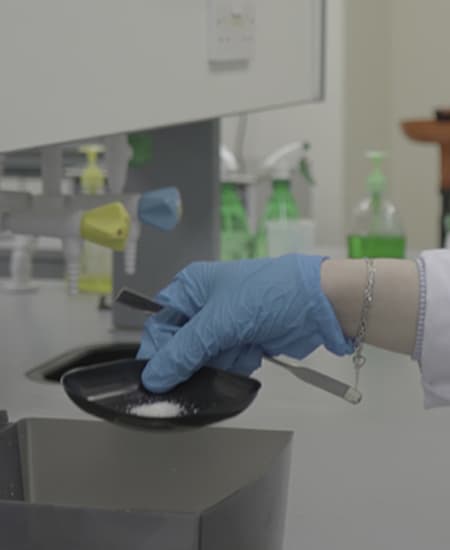Drug targetting for cancer cells
Over the years, a wide range of techniques and tactics have been examined for drug targeting to tumors. Liposomes, polymers, micelles, nanoparticles, and antibodies areexamples of these systems utilizing passive and active drug targeting to cancer cells. Several drug-delivery methods have been reported on and frequently usedsuccessfully in cancer therapy. Cell-targeted administration can improve the efficacy and selectivity of cytotoxic medicines, lowering their overall toxicity, reducing the required dose, and ultimately decreasing mortality while improving overall health. Solid-Lipid nanoparticle (SLNs) ,Gold nanoparticle (AuNP), and Magnetic-based nanoparticle (MNP) are examples of targeting drug delivery systems.These methods have shown promising results in directing drug molecules towards tumor cells, helping eradicate tumor cells without affecting healthy, properly functioning cells..Studies conducted to illustrate the effectiveness of (MNP), showed that particles can enter the vascular wall and concentrate within the tumor. Histological crosssections of tumors & electron microscopy pictures have demonstrated that nanoparticles can also enter tumor cells' intracellular region. In fact, it was able to demonstratesignificant enrichment of mitoxantrone following nanoparticle-guided delivery.Research findings demonstrated how SLNs system may deliver anticancer drugs more effectively, precisely, and safely; as a result, the dose and frequency ofadministration are reduced because SLN raises the medication concentration in the area where the tumor is. One of the studies showed elevated tumor drugconcentrations when intravenously administered etoposide was loaded in SLN compared to free drug, showing approximately 67% increase 1 h post-injection.Gold nanoparticles (AuNPs) carrier system was used for co-delivery of siRNAs and doxorubicin, and the results demonstrated the effectiveness of AuNPs againstadvanced breast cancer. Compared to untreated control cells, relative protein expression of Bcl-2 gene in breast cancer cells treated with AuNPs was reduced byabout 40%.
For more details, click here.

